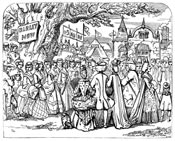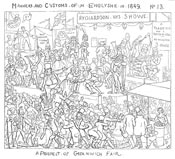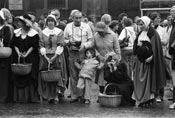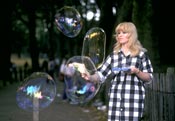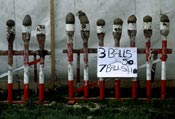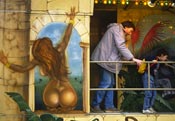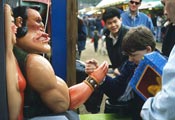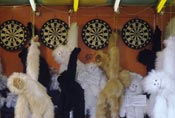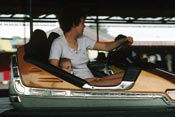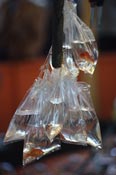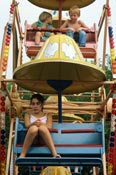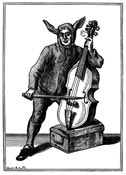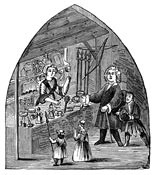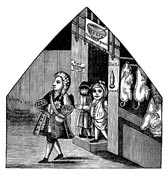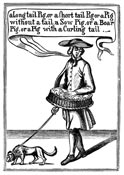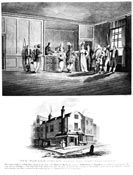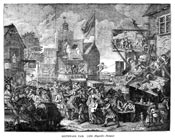
London once had many substantial fairs, at first for trading and then, as markets and shops developed, for pleasure and a lively day out. Unfortunately most of them became too lively and were closed down in the nineteenth century because of ‘debauchery and public disorder’. The frost fairs died out for other reasons. Over five centuries there were 24 held right out there on the Thames when it froze over sufficiently. The last fair was held in 1814 - and they were finally ruled out when ‘old’ London Bridge was demolished and John Rennie’s ‘new’ London Bridge allowed the tides to flow more freely. Bartholomew Fair was the biggest conventional fair in central London (where Smithfield Market now stands). Granted a charter in 1133 it became one of the most important cloth and livestock fairs in Europe, opened each year by the Lord Mayor himself. It also featured innumerable stalls, sideshows, boxing booths, freak shows, games, fortune tellers, stage performances, acrobats, menageries, dancing bears, food and drink stalls and the like. It remained popular with Londoners, but had become extremely unpopular with the Authorities who argued that it had outlived its use as a cloth and livestock market and should be shut down, which it finally was in 1855. Intermittent attempts have been made to revive Bartholomew Fair, but with little success.
The big fair these days is much more recent. Though bits are older the Hampstead Heath Fair really began with the arrival of the North London Railway in the middle of the 19th century, which brought armies of East-Enders to join in the fun at ‘Appy ‘Ampstead every bank holiday weekend. There were three fairs within easy reach of each other on the west side of the Heath. The ‘Upper Heath’, at the top of Hampstead near Whitestone Pond (one of the highest points in London), is of alternative interest because of the mighty bonfires lit there every Guy Fawkes Night, abandoned during the war for obvious reasons. Below that is the Vale of Health site and further down the ‘Lower Heath’, still the biggest and most important site since it is two minutes from Hampstead Heath Station and other public transport – and equally important because years ago Collections lived a further two minutes away, hence the outbreak of photographs here!

